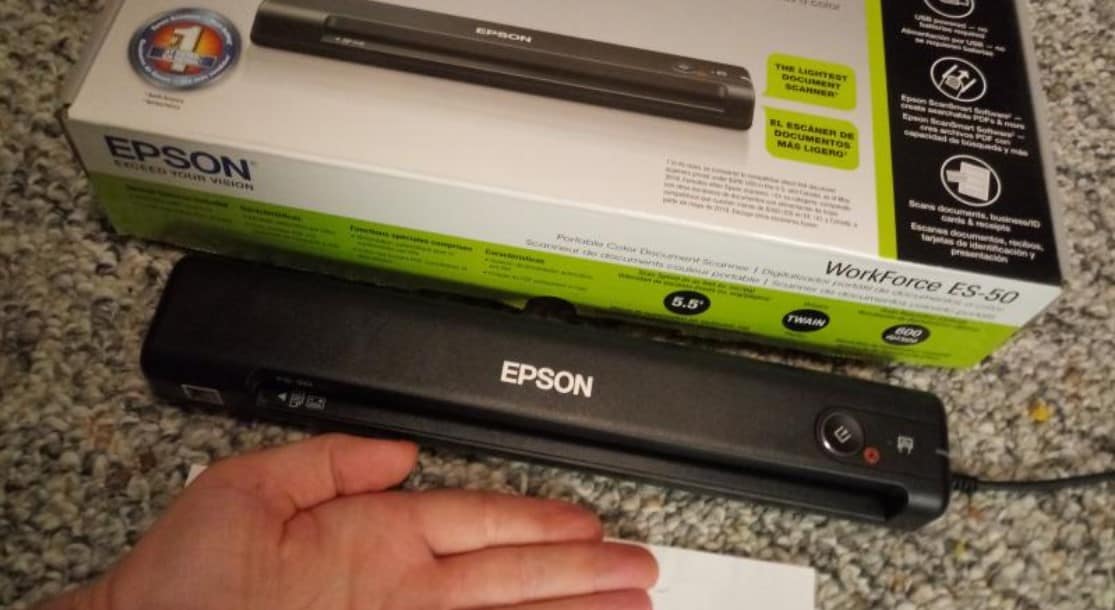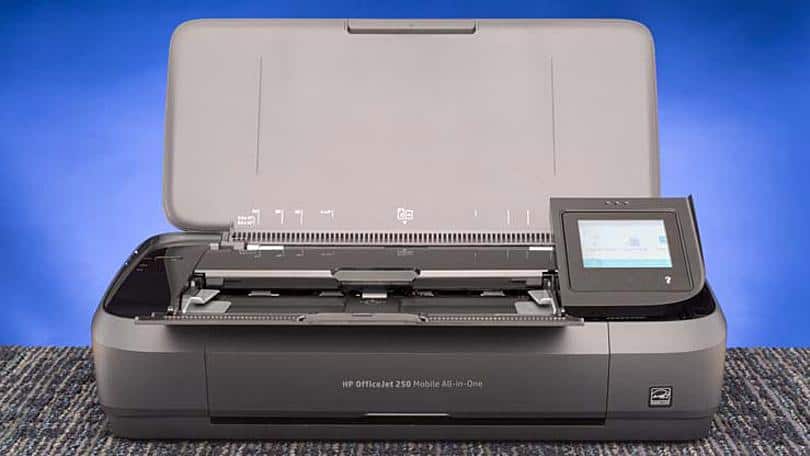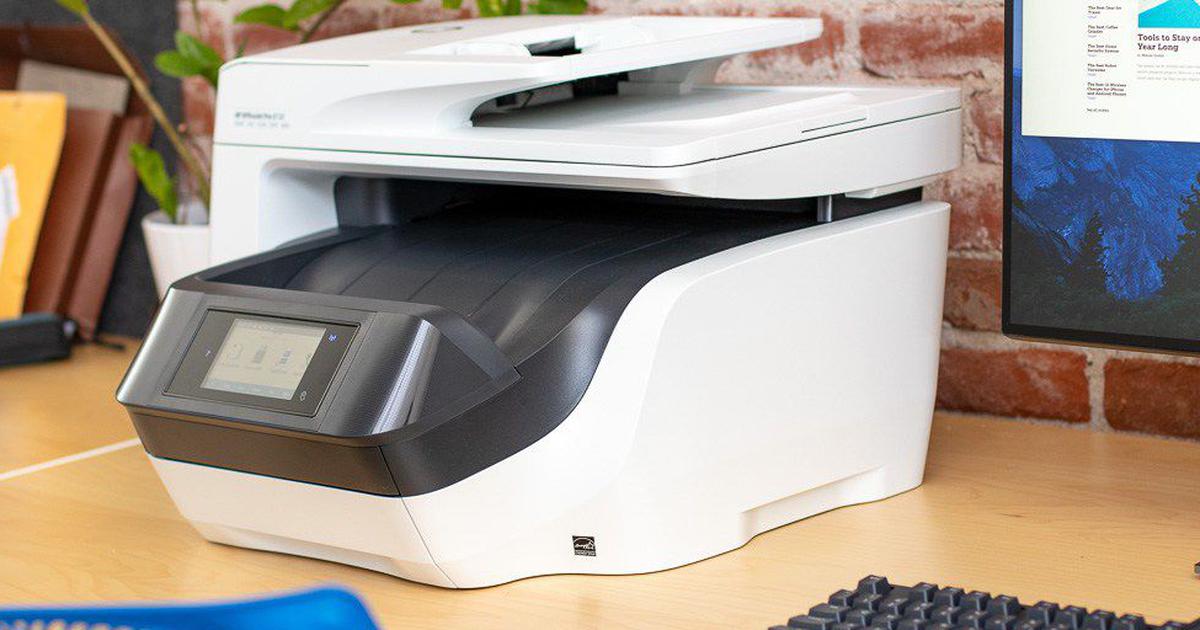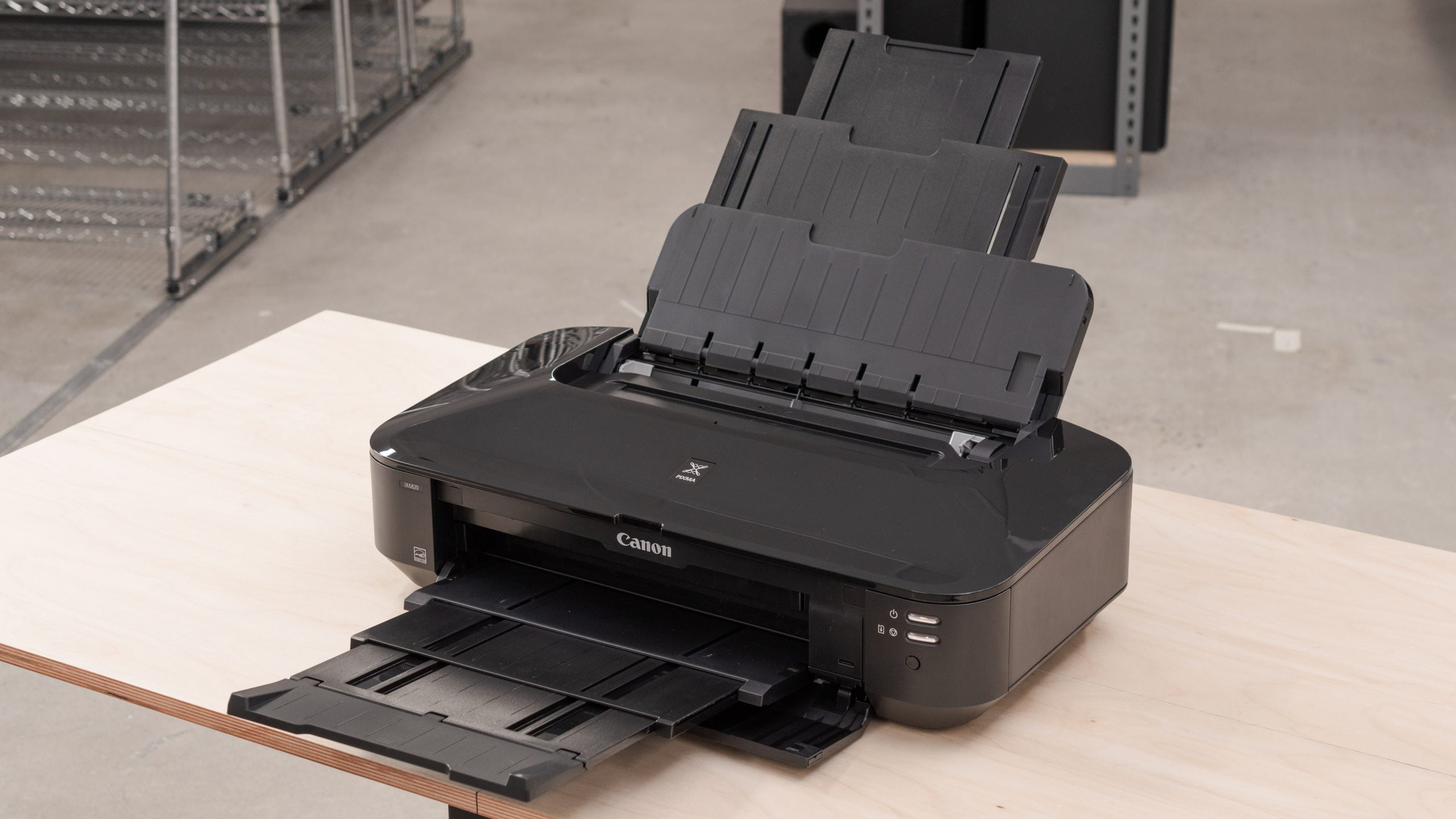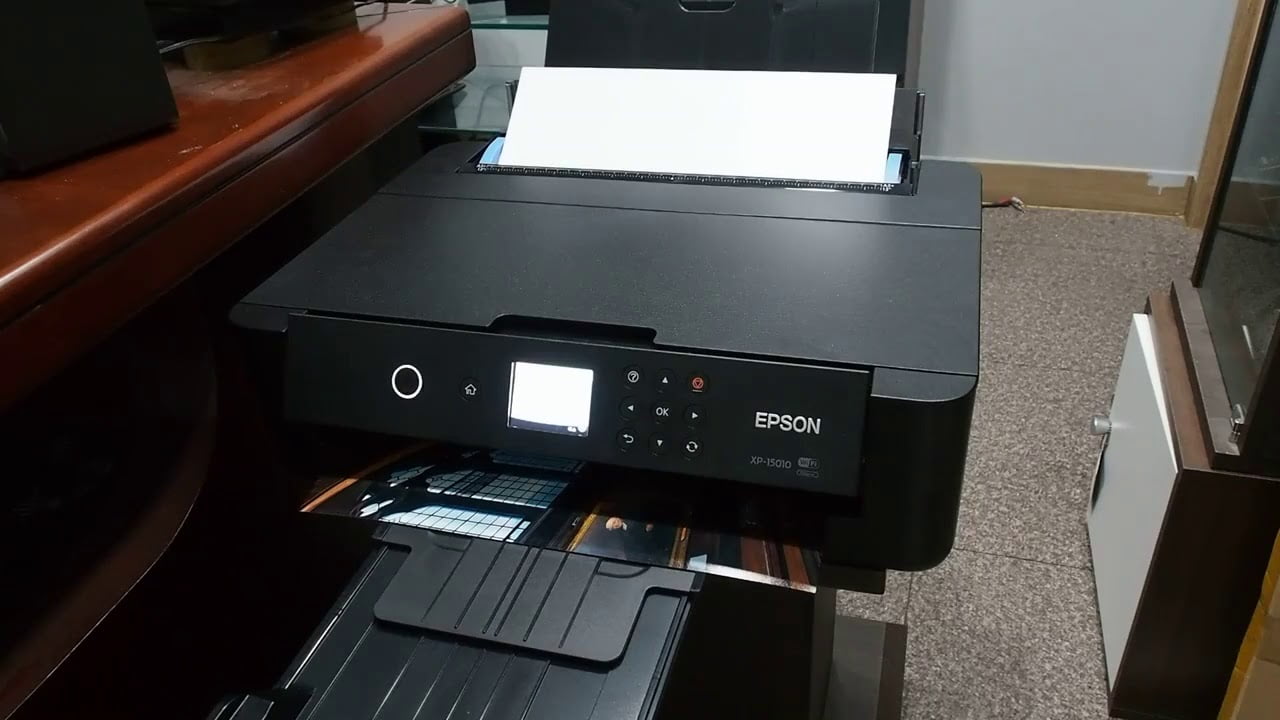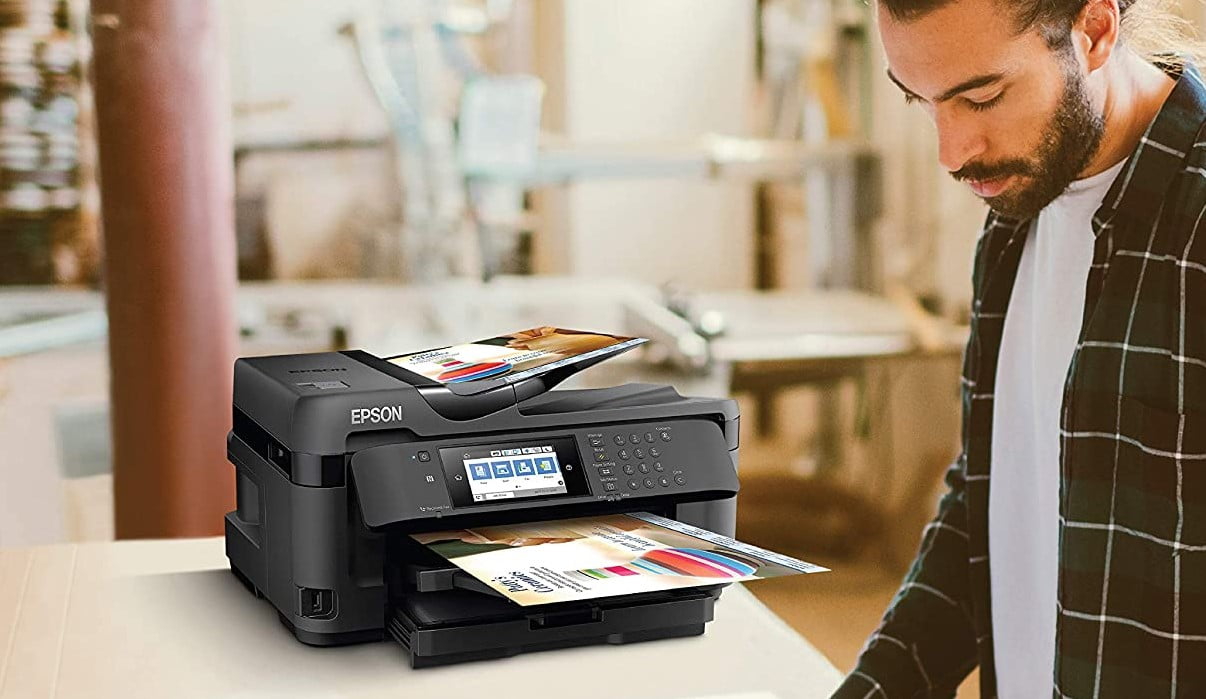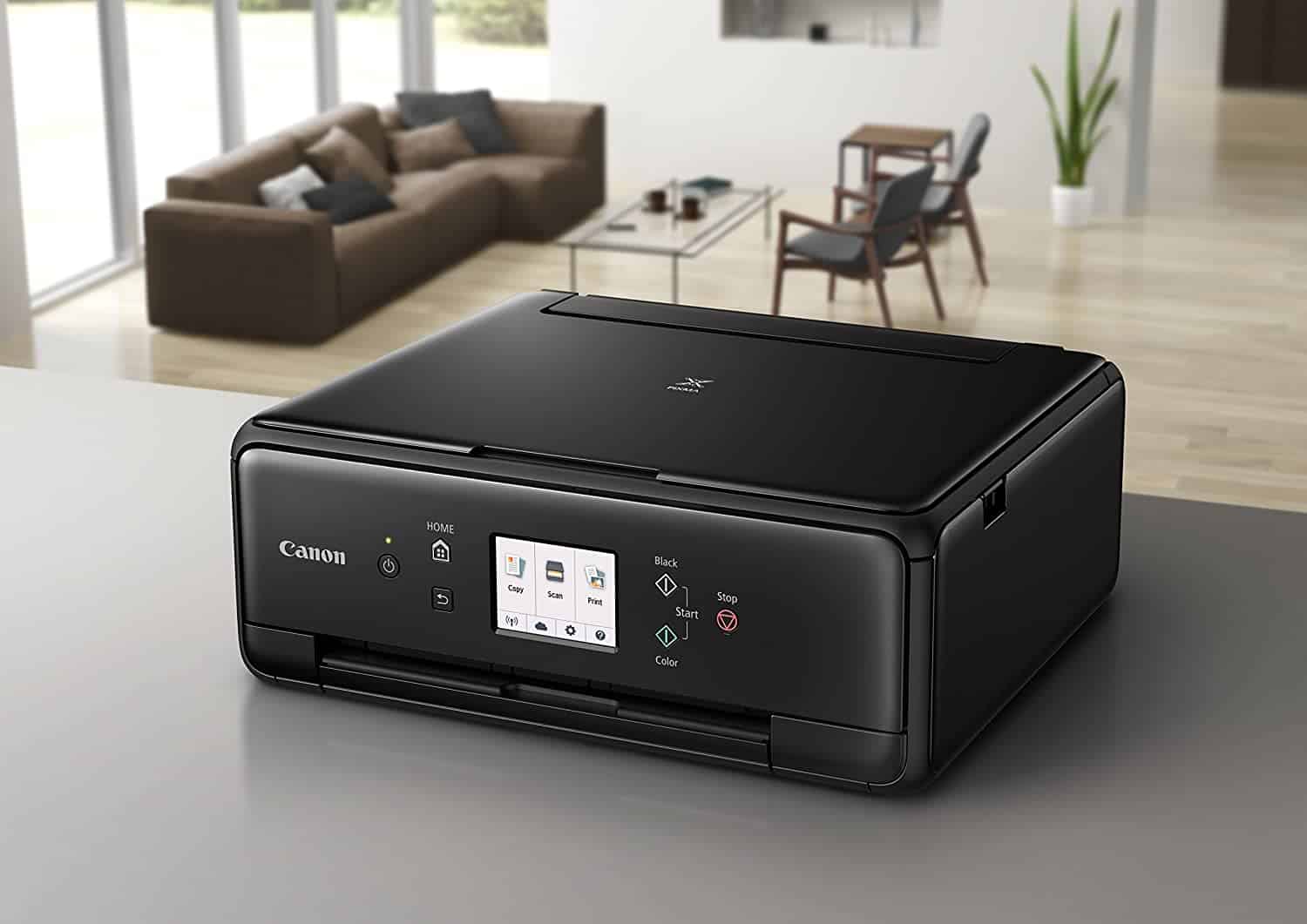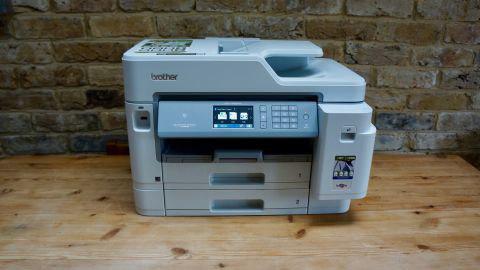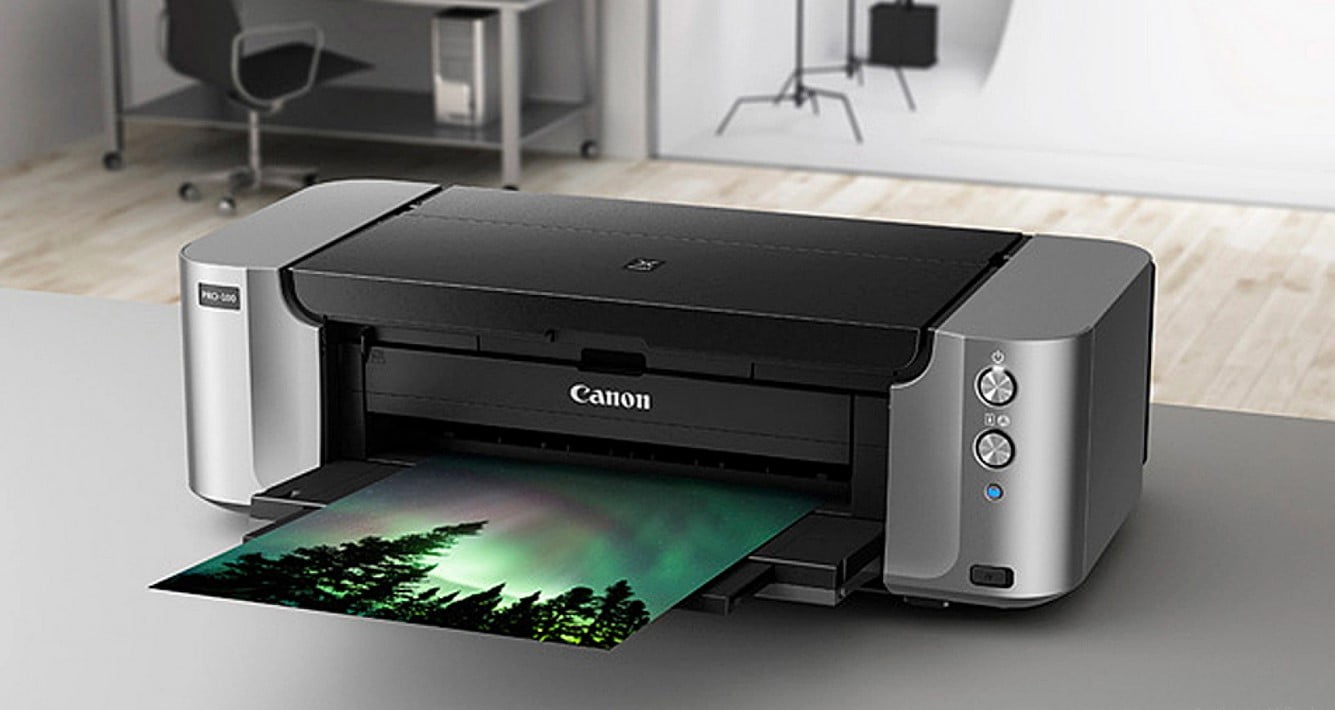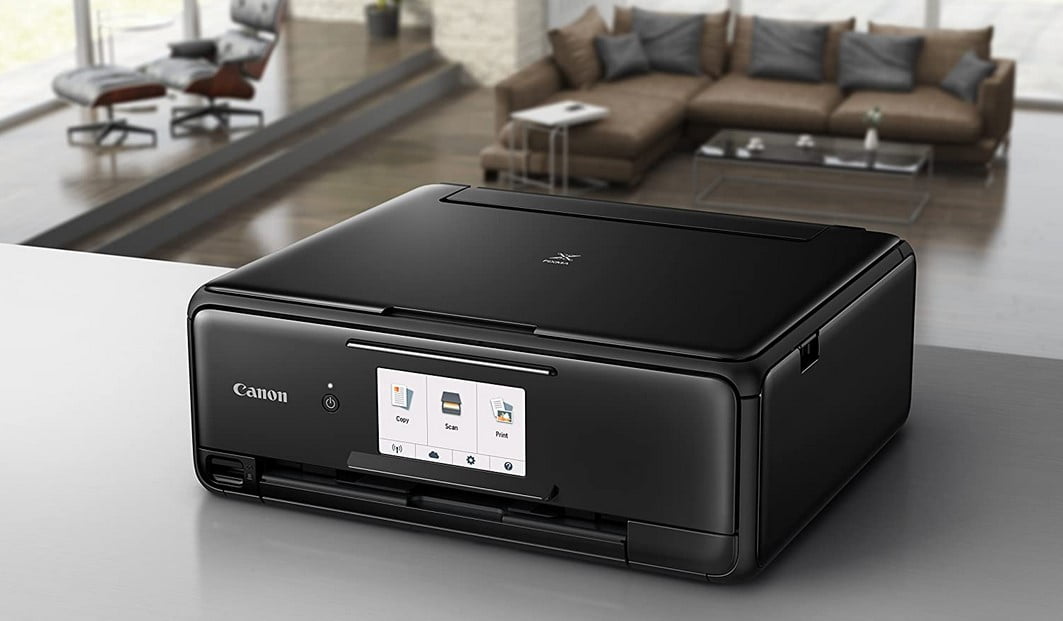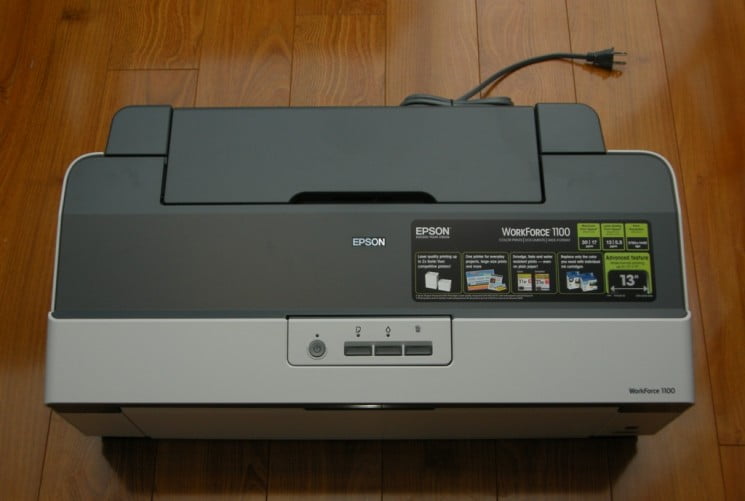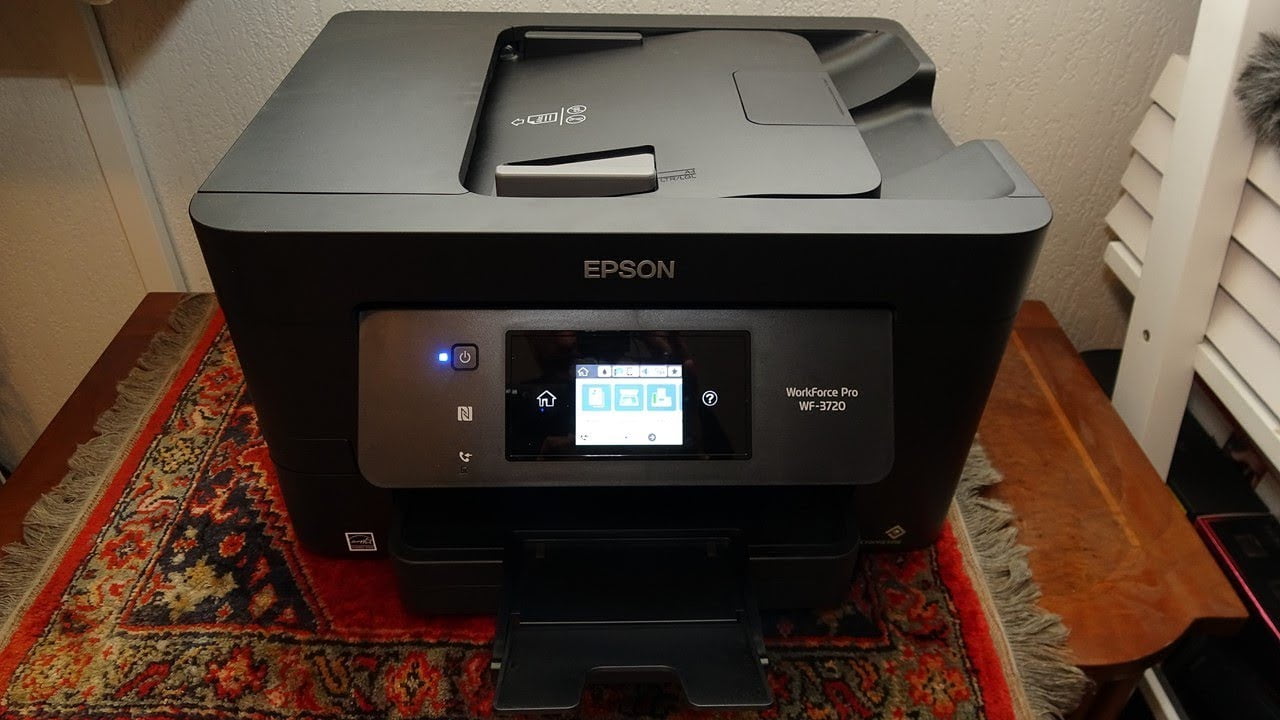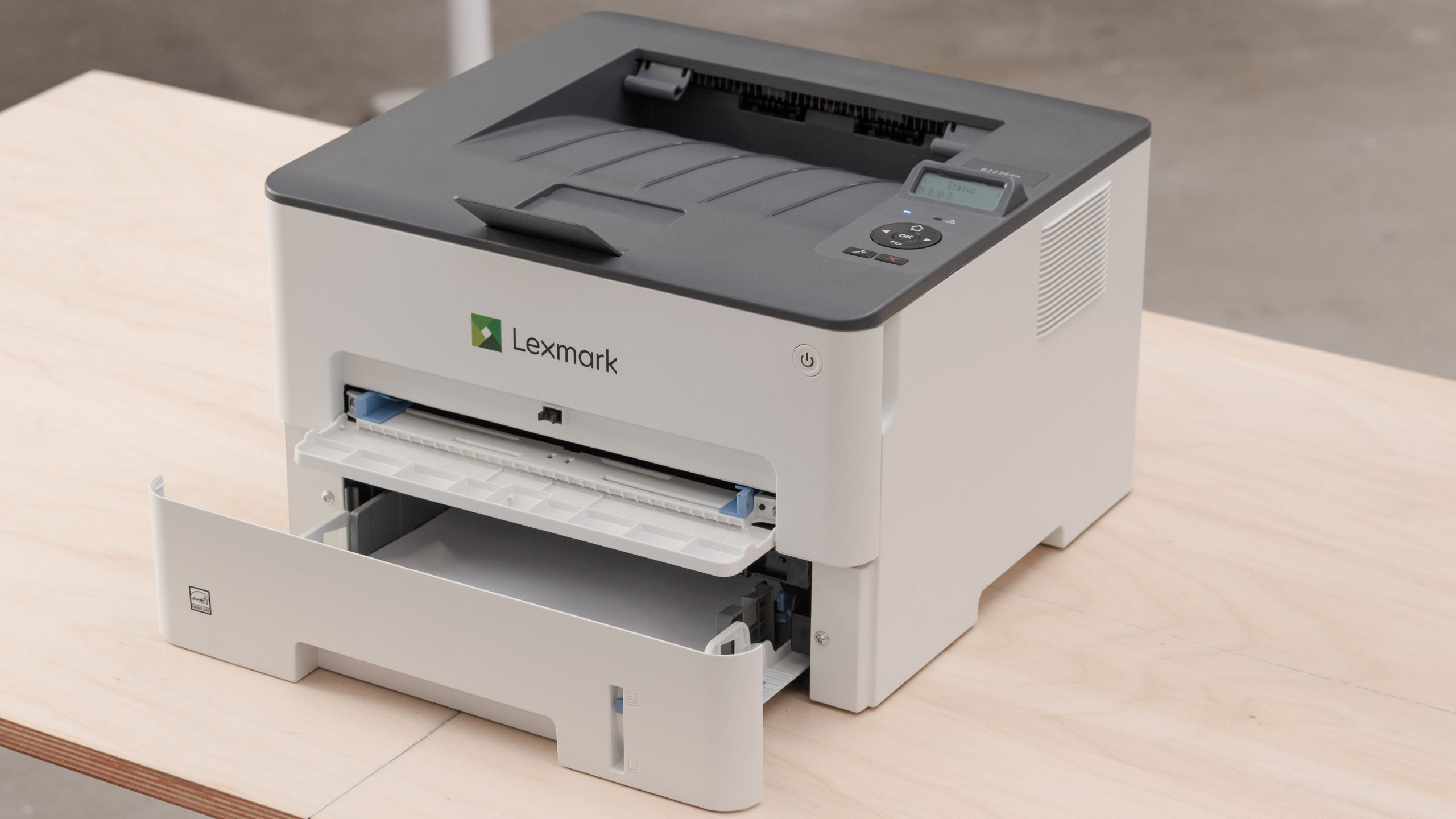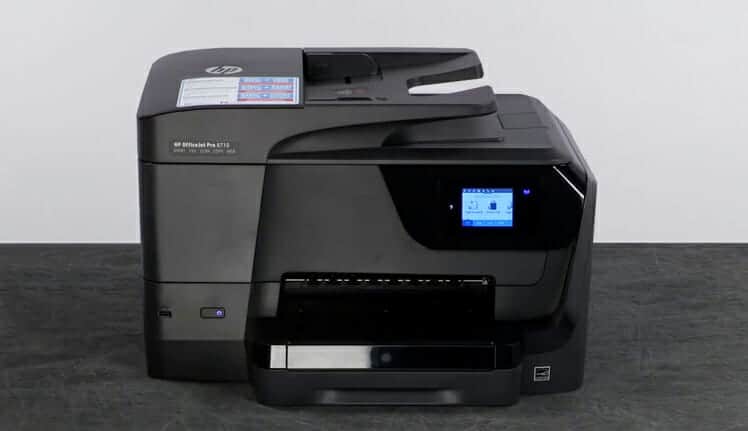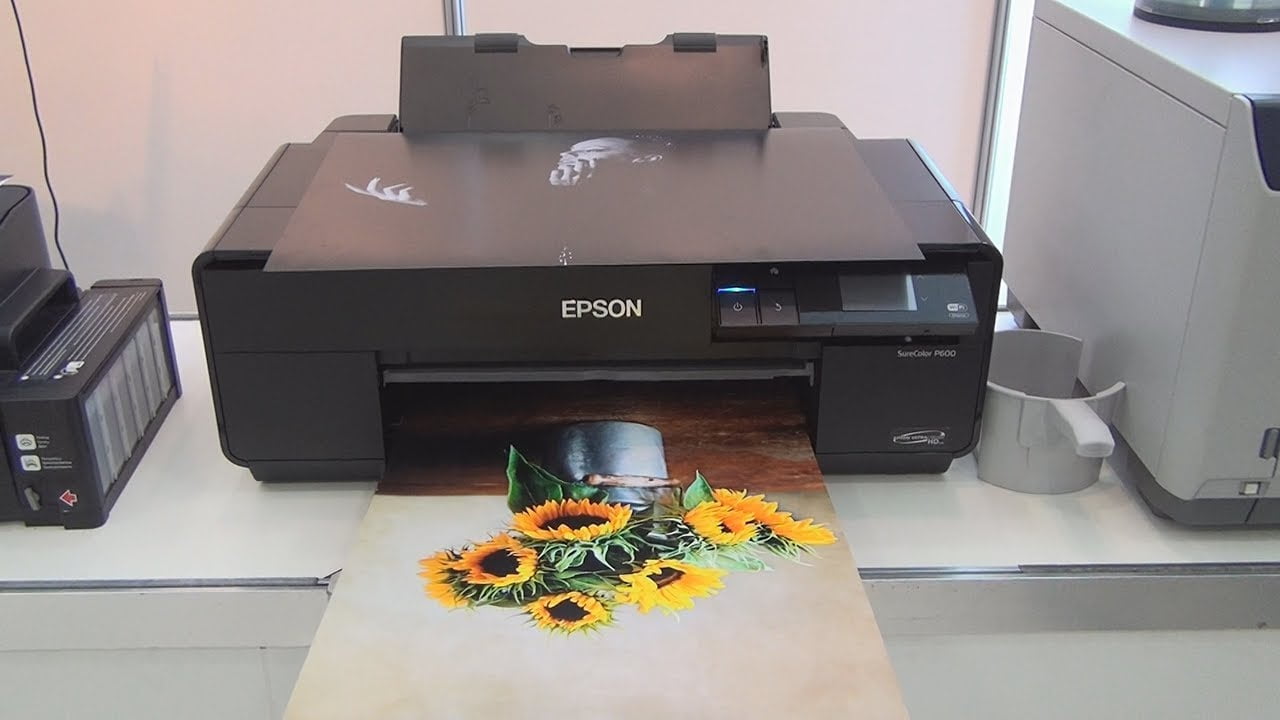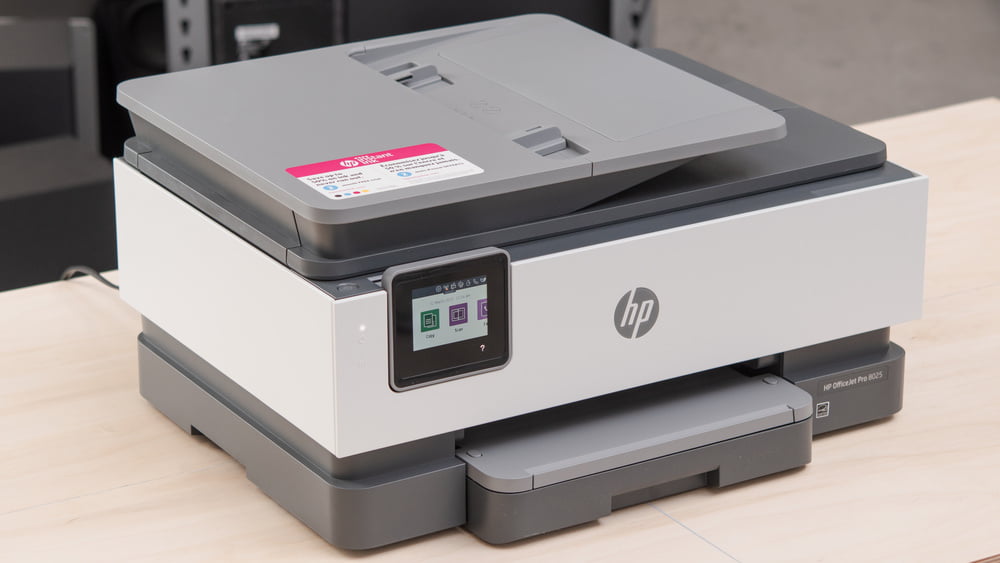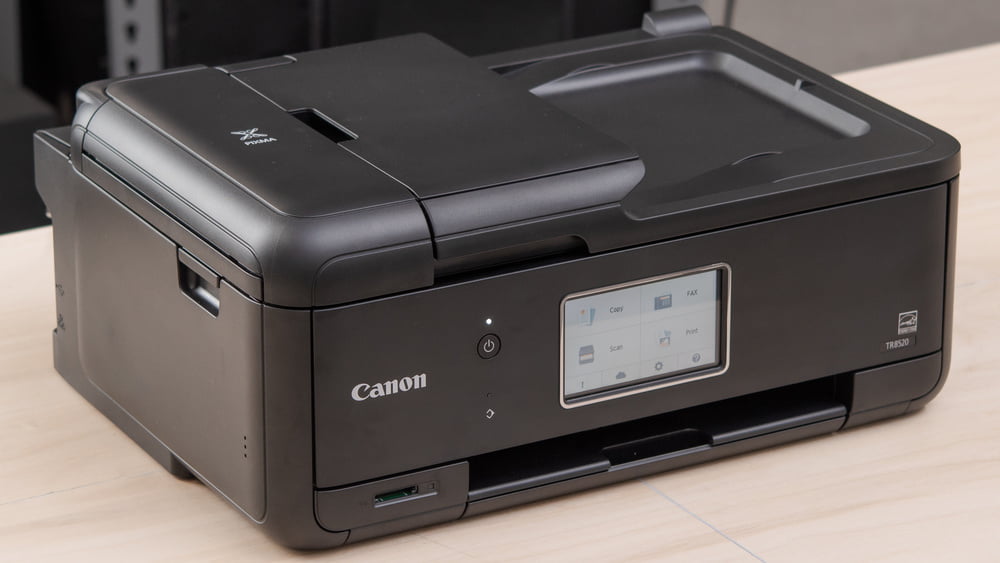Most people think of high-performing printers as being relatively innocuous tech devices. They perform a somewhat basic function — printing documents. Or in some cases, all-in-one printers also support faxing and making copies. But a printer that’s connected to your wireless network can also serve a more nefarious purpose. An unsecured connected printer can serve as a point of entry for hackers to access sensitive information. And for this reason, enabling key printer security features is an important step you need to perform after adding it to your network.
KEY TAKEAWAYS:
- Printers are a common point of entry for hackers.
- Limiting the number of connected printers can reduce your risk of a data breach.
- Common sense approaches to printer security can protect homes and businesses from being hacked through their printers.
Just How Common Are Printer Data Breaches?
According to the tech giant HP, there are roughly 30 million printers and multipurpose devices that are connected to networks across the United States and Western Europe. However, printers are 68% more likely to be the source for external breaches and 118% more likely to be the cause of an internal breach.
Often hackers rely on printer malware to infiltrate your system. Once inside, they can:
- Create unauthorized print jobs
- Launch denial-of-service (DoS) attacks
- Access copies of previously printed documents
- Access sensitive or confidential information
How to Protect Your Printer from Malicious Behavior
Talking about the risk of a data breach through something as common as a printer can sound terrifying — especially when you consider how many data breaches can occur in a year. One of the most ignored safety measures is to power down your printer when not in use. Thankfully, there are easy steps you can take to protect your data and secure your printer from any malicious attacks.
Change Any Default Passwords on the Administration Control Panel
This applies to both home and office use. But if you leave the administration panel set to the default password when you received the printer, you’re inviting a data breach. Change the password to something more secure that relies on a combination of upper and lowercase letters, numbers, and special characters.
Remove Unnecessary Services
Depending on your printer, there may be unnecessary protocols that are enabled. For example, HTTP, FTP, and Telnet are all services that aren’t particularly secure and make breaches easier for hackers to attempt. To protect your printer, disable these features.
Determine Network Access
Every time a device is connected to the internet, it represents a potential weak point where a hacker can infiltrate. Especially for homes or businesses that rely on multiple printers, consider limiting the number of printers that are connected to the network.
Alternatively, the printers that aren’t on the network can still be accessed either by a direct cable connection or taking advantage of local access connections that aren’t internet-accessible but still allow for people to use them remotely.
Prioritize File Encryption
This is a smart step that ensures that even if your files fall into the wrong hands, they’re not accessible. Many operating systems have built-in encryption software. Likewise, these days many printers also come standard with encryption software to protect information that’s being transmitted wirelessly.
Insider Tip
Many printers also come standard with encryption software to protect information that’s being transmitted wirelessly.
Keep Printer Firmware Up to Date
Old firmware is easier to hack than one that’s kept current. The reason firmware is updated is to correct security vulnerabilities. If you aren’t updating your printer’s firmware, you’re leaving yourself and your data at the mercy of potential hackers. Instead, keep your firmware current by periodically checking for updates or updating the firmware when your printer prompts you.
Data Management
Many printers are designed to store print history. While this may be convenient if you need to make another copy of a document, it also serves as a security weakness. A secure printer should offer a feature that allows you to protect that information so that people can’t randomly access the printer history and associated documents.
Insider Tip
These days, you can find printers that offer preventative features designed to thwart hackers and prevent data breaches.
Only Use Secure Printers
These days, you can find printers that offer preventative features designed to thwart hackers and prevent data breaches. Many printers can auto-detect an attack and also take preventative measures to prevent future attacks. You can also leverage usage tracking which can alert you of unauthorized usage attempts. And having a sign-in feature piggybacks off of the tracking, and ensures that only people given access to your printer can use it.
Upgrade to a More Secure Printer
If you’re relying on an older printer that is connected to the network but lacks essential security protocols, it might be time to upgrade to a model that offers more protection. Also, another issue you need to understand is your printer’s page yield. This is how many pages your printer can print before the ink or toner needs to be replaced.
Warning
Old firmware is easier to hack than one that’s kept current.
F.A.Q.
What security is available in printing and how should it be applied?
One of the best things you can do is rely on encryption to send print jobs to prevent interception. Also, consider changing the default password on your printer and tracking access through features like a PIN code.
Are printers a security risk?
Yes, they can be if they’re connected to your network. In particular, they serve as an unsecured access point to your network, allowing hackers to access sensitive information or take over the device.
Can I be hacked through my printer?
Yes, you can if it’s connected to a network. Hackers can then use that connection to access your computer and collect sensitive information.
STAT: The global ozone generator market size was valued at USD 608.4 million in 2019 and is expected to grow at a compound annual growth rate (CAGR) of 6.9% over the forecast period. (source)

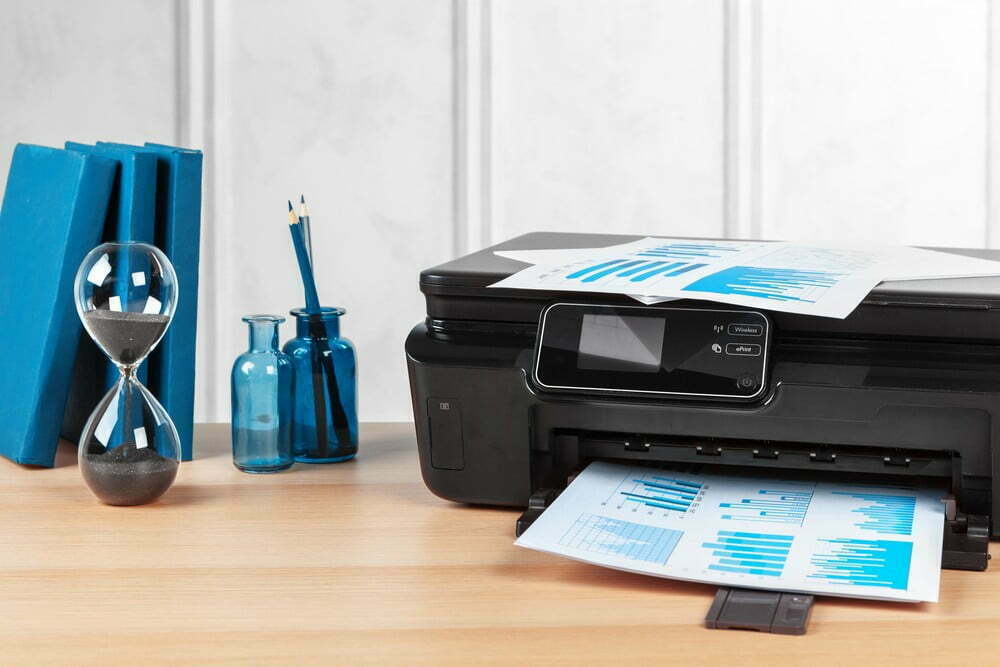













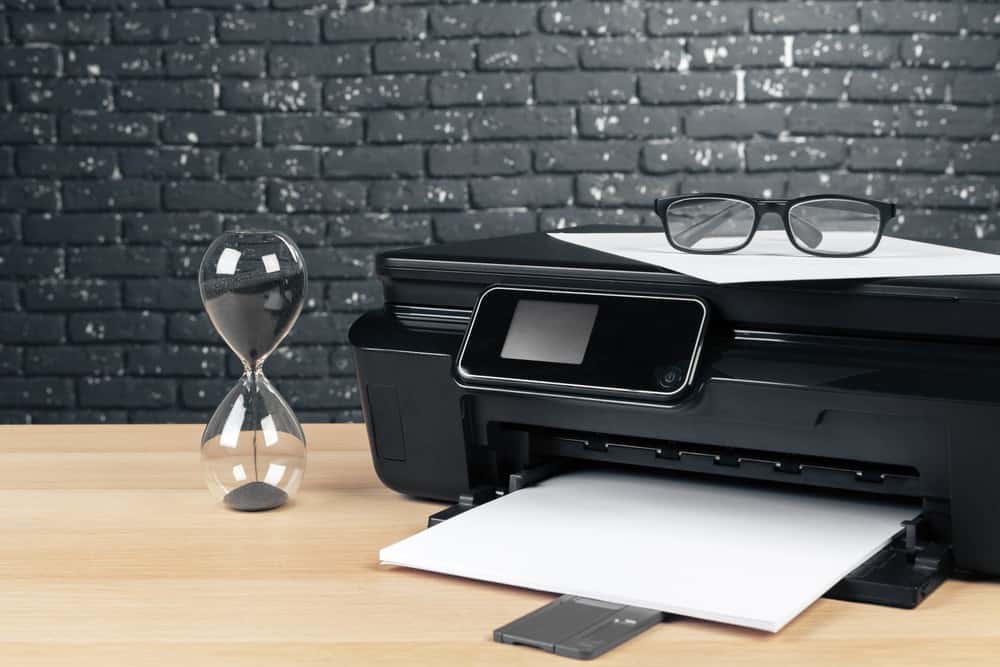
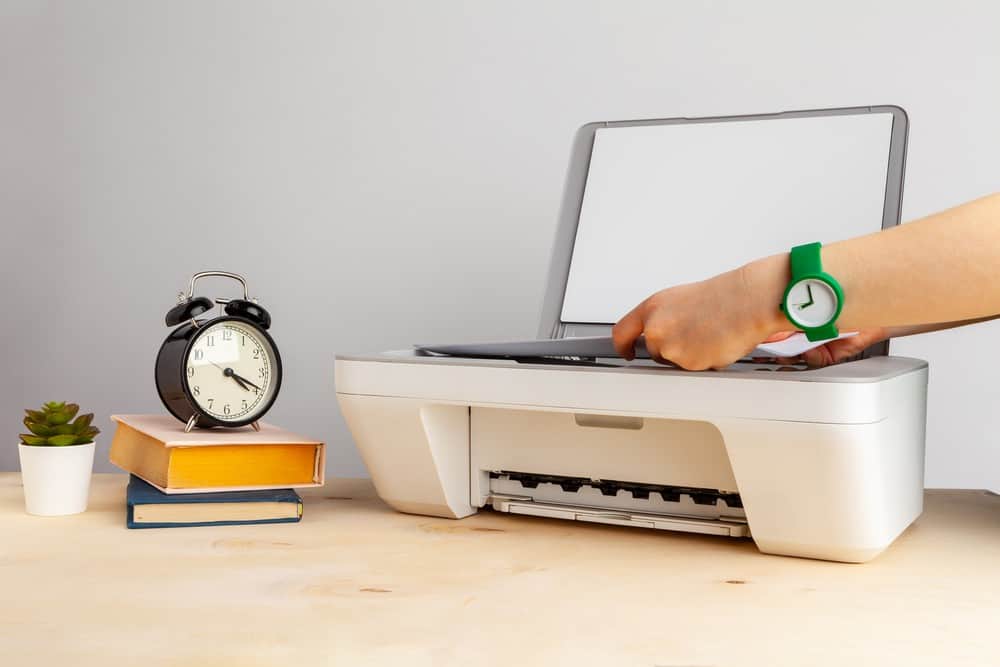
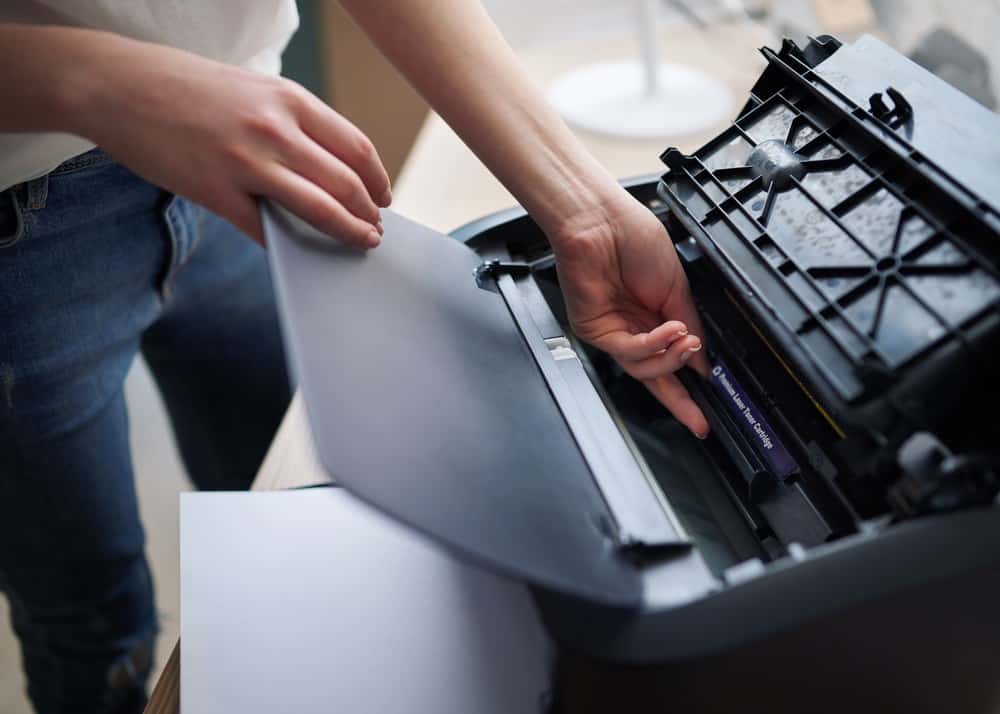
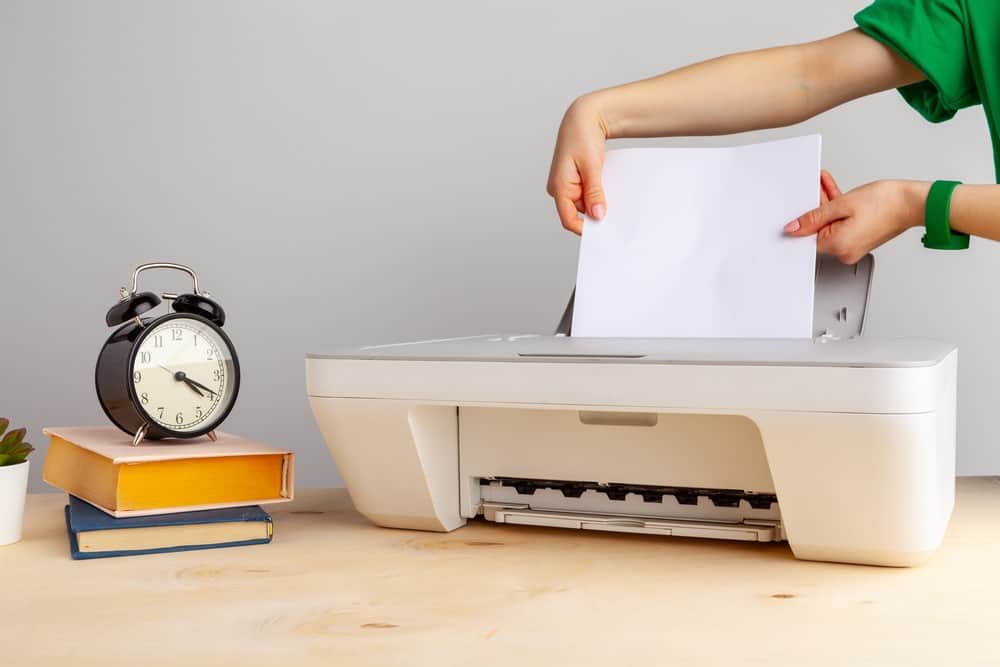
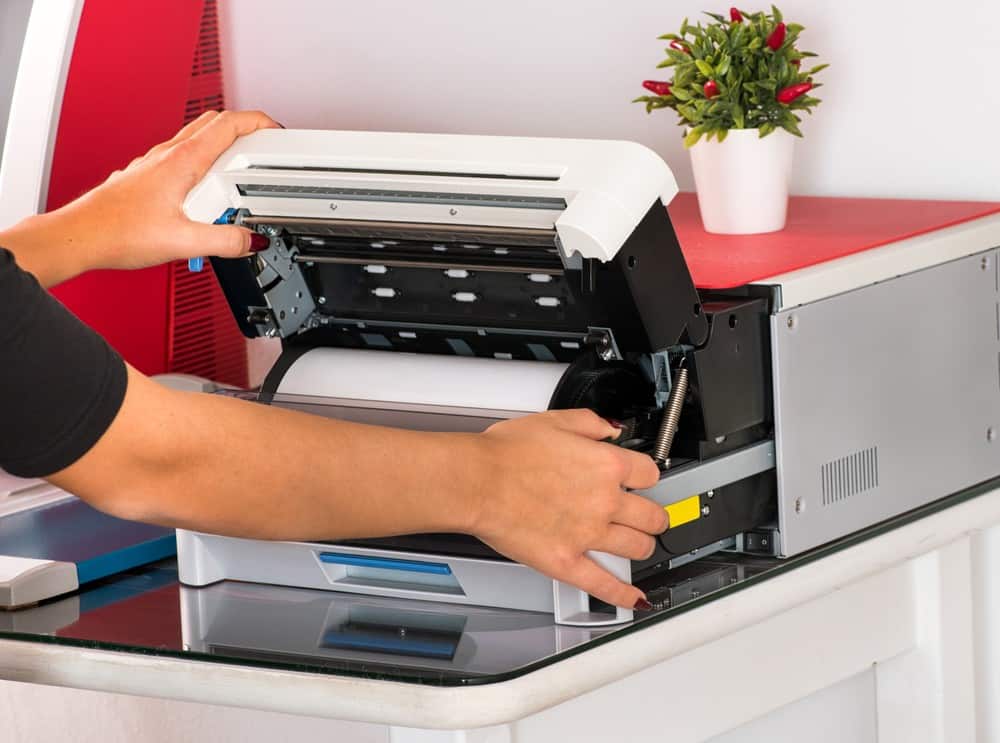
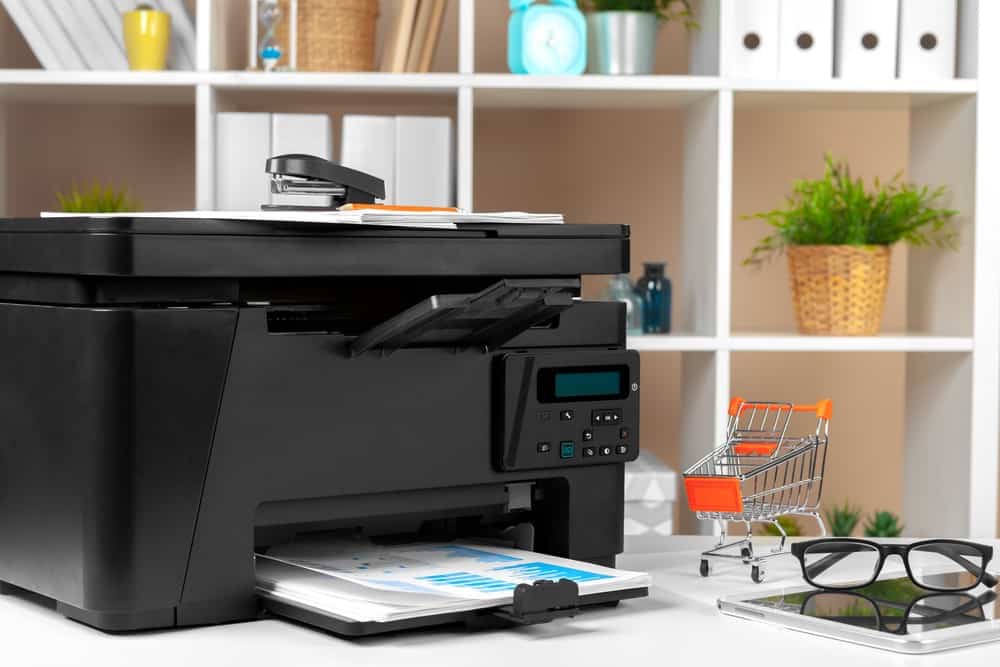



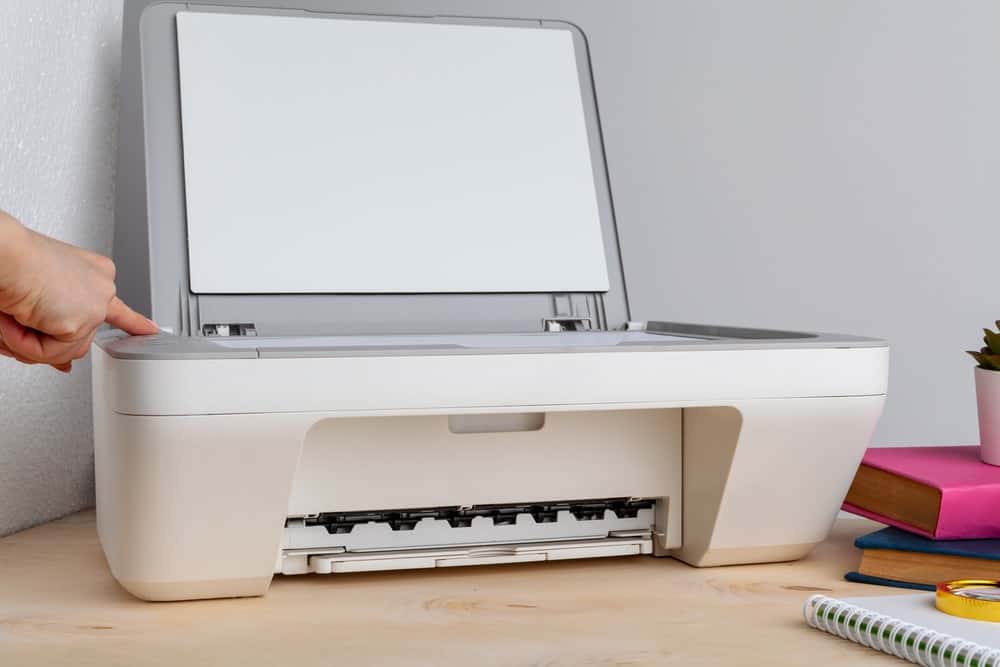
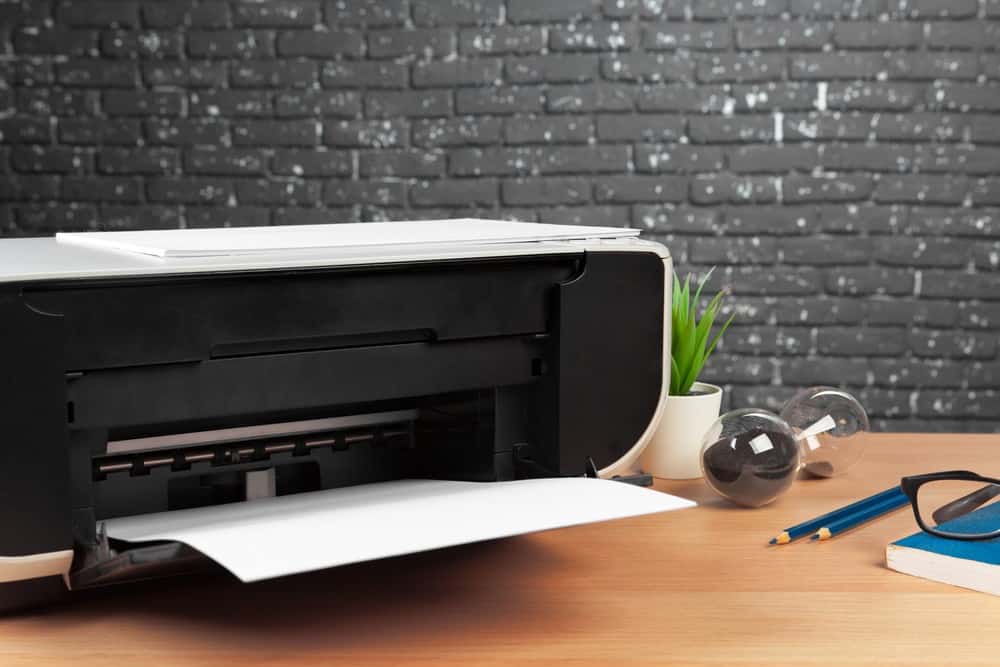
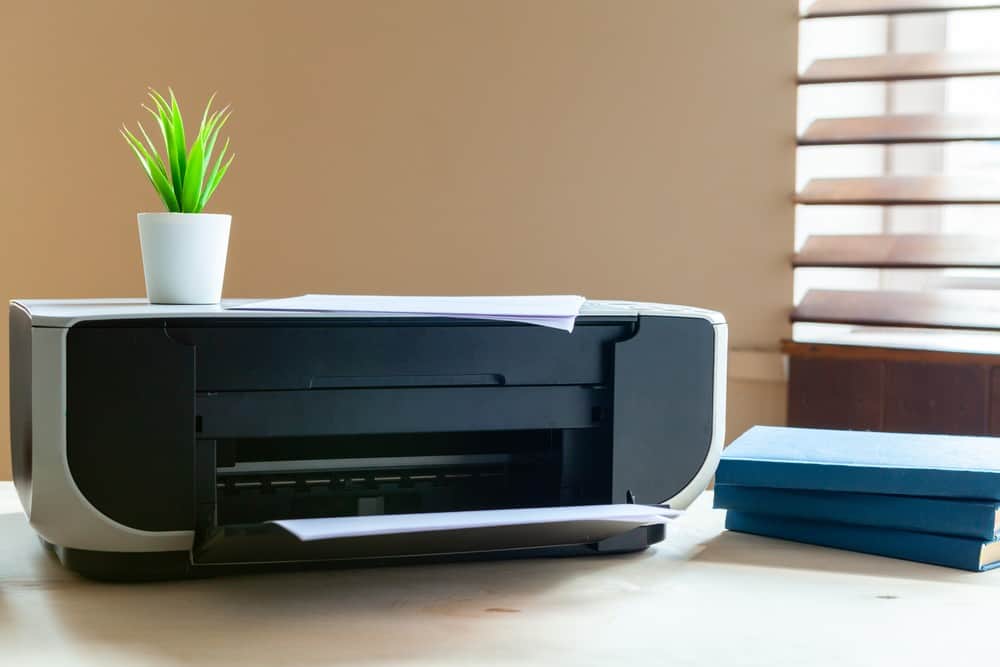
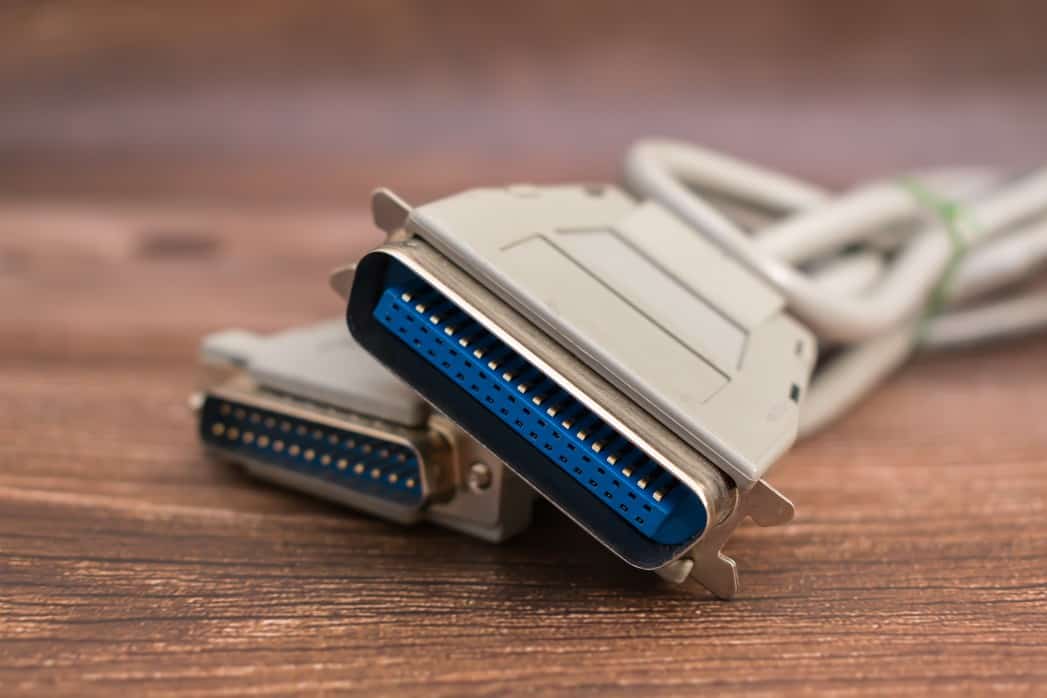
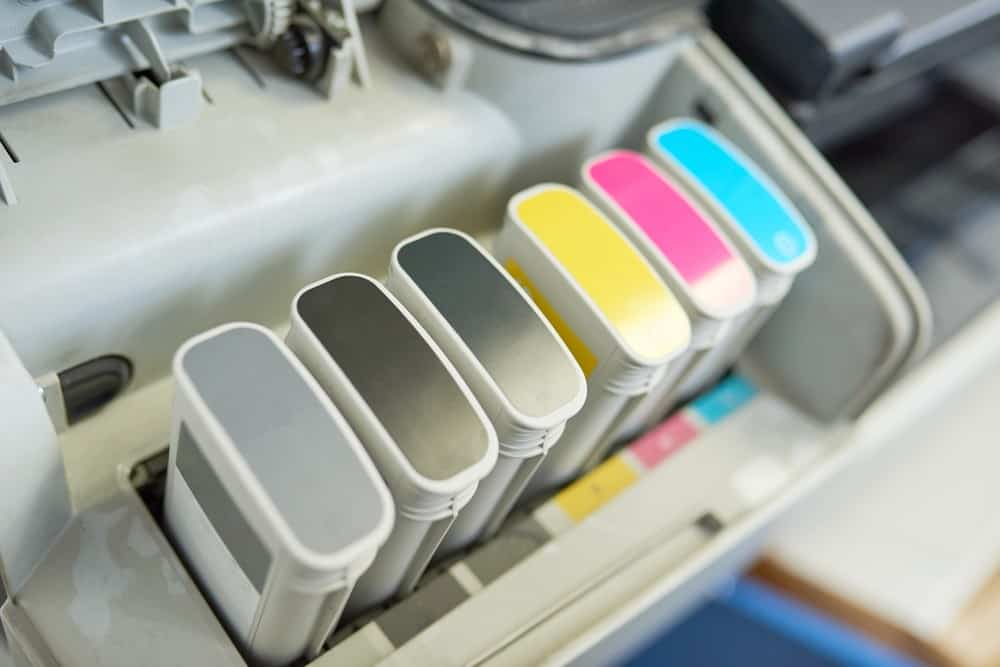


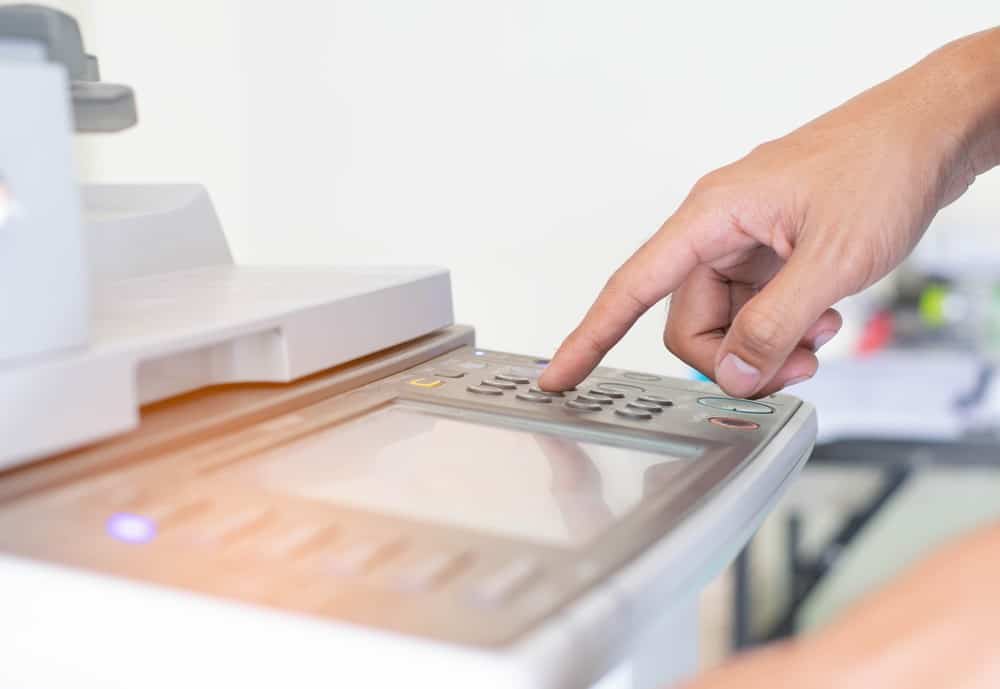

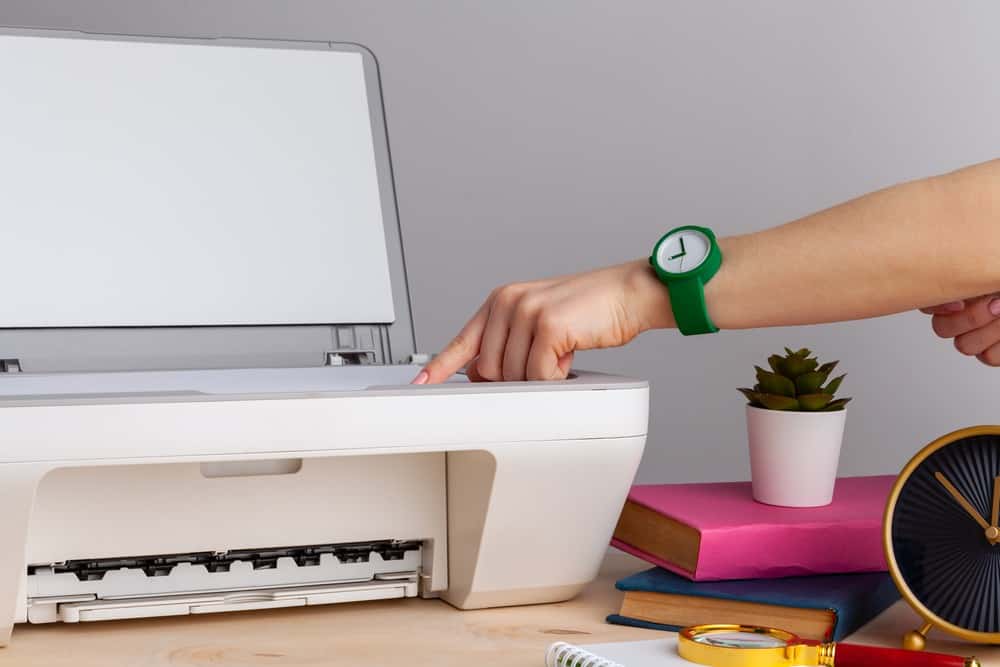
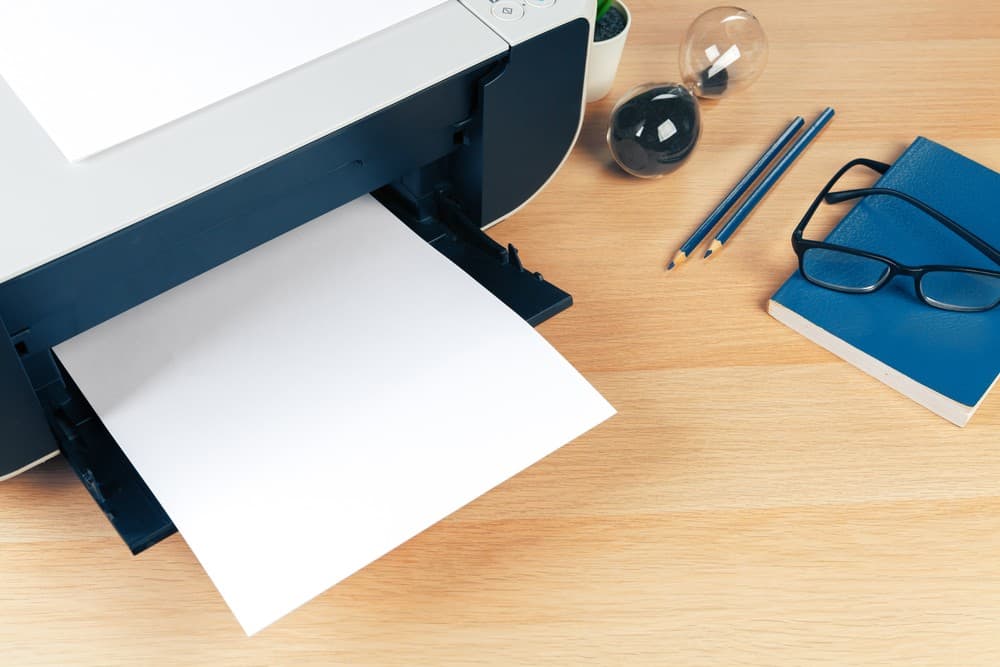
![Best All-in-One Printer in [year] ([month] Reviews) 27 Best All-in-One Printer in 2025 (December Reviews)](https://www.gadgetreview.dev/wp-content/uploads/best-all-in-one-printers.webp)
![Best Home Scanner in [year] ([month] Reviews) 28 Best Home Scanner in 2025 (December Reviews)](https://www.gadgetreview.dev/wp-content/uploads/Canon-TS5120-Wireless-Printer-Scanner-Review.jpg)
![Best BenQ Monitors in [year] 29 Best BenQ Monitors in 2025](https://www.gadgetreview.dev/wp-content/uploads/best-benq-monitor-image.jpg)
![Best Sublimation Printers in [year] 30 Best Sublimation Printers in 2025](https://www.gadgetreview.dev/wp-content/uploads/disable-printer-color-management-image-1.jpg)
![Best Envelope Printers in [year] 31 Best Envelope Printers in 2025](https://www.gadgetreview.dev/wp-content/uploads/best-envelope-printers-imge.jpg)
![Best 3D Printers in [year] ([month] Reviews) 32 Best 3D Printers in 2025 (December Reviews)](https://www.gadgetreview.dev/wp-content/uploads/Zortrax-M200-3D-Printer.jpg)
![Best Barcode Printers in [year] 33 Best Barcode Printers in 2025](https://www.gadgetreview.dev/wp-content/uploads/best-barcode-printers-image.jpg)
![Best Portable Photo Printers in [year] 34 Best Portable Photo Printers in 2025](https://www.gadgetreview.dev/wp-content/uploads/best-portable-photo-printer-image.jpg)
![Best HP Printers in [year] 35 Best HP Printers in 2025](https://www.gadgetreview.dev/wp-content/uploads/best-hp-printers-image.jpg)
![Best Printers for Photographers in [year] 36 Best Printers for Photographers in 2025](https://www.gadgetreview.dev/wp-content/uploads/best-printer-for-photographers-image.jpg)
![Best Printers for Teachers in [year] 37 Best Printers for Teachers in 2025](https://www.gadgetreview.dev/wp-content/uploads/best-printers-for-teachers-image.jpg)
![Best iPhone Photo Printers in [year] 38 Best iPhone Photo Printers in 2025](https://www.gadgetreview.dev/wp-content/uploads/best-iphone-photo-printer-image.jpg)
![Best 11x17 Printers in [year] 39 Best 11×17 Printers in 2025](https://www.gadgetreview.dev/wp-content/uploads/best-11x17-printers-image.jpg)
![Best Printers with Cheap Ink in [year] 40 Best Printers with Cheap Ink in 2025](https://www.gadgetreview.dev/wp-content/uploads/best-11x17-printers-image-1.jpg)
![Best Bluetooth Printers in [year] 41 Best Bluetooth Printers in 2025](https://www.gadgetreview.dev/wp-content/uploads/best-bluetooth-printer-image.jpg)
![Best Receipt Printers in [year] 42 Best Receipt Printers in 2025](https://www.gadgetreview.dev/wp-content/uploads/best-receipt-printer-image.jpg)
![Best Canon Printers in [year] 43 Best Canon Printers in 2025](https://www.gadgetreview.dev/wp-content/uploads/best-canon-printers-image.jpg)
![Best Compact Printers in [year] 44 Best Compact Printers in 2025](https://www.gadgetreview.dev/wp-content/uploads/best-compact-printer-image.jpg)
![Best Printers For Cricut in [year] 45 Best Printers For Cricut in 2025](https://www.gadgetreview.dev/wp-content/uploads/best-printer-for-cricut-image.jpg)


